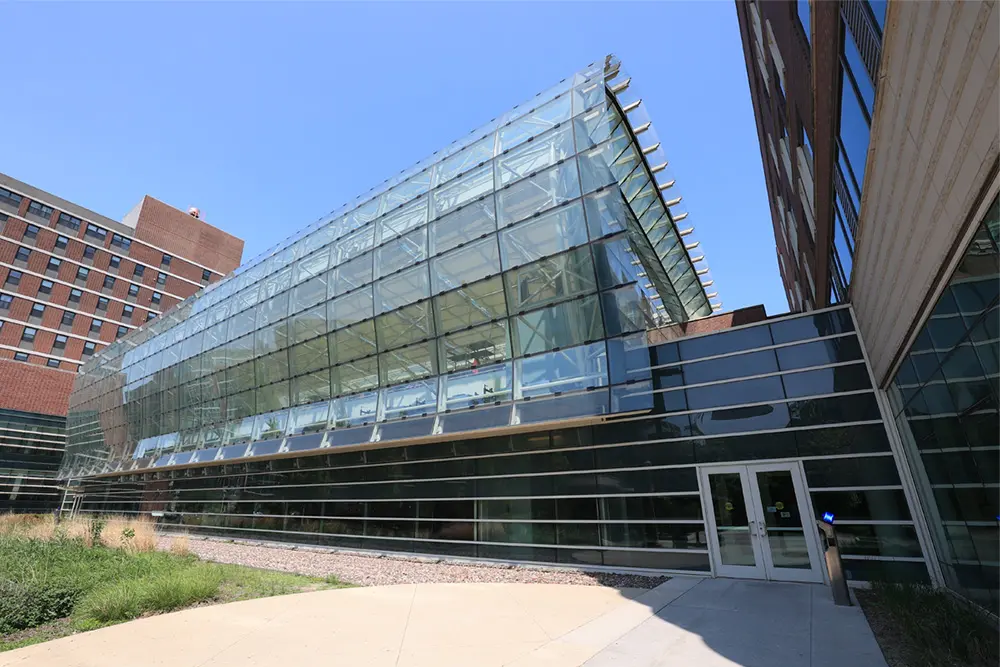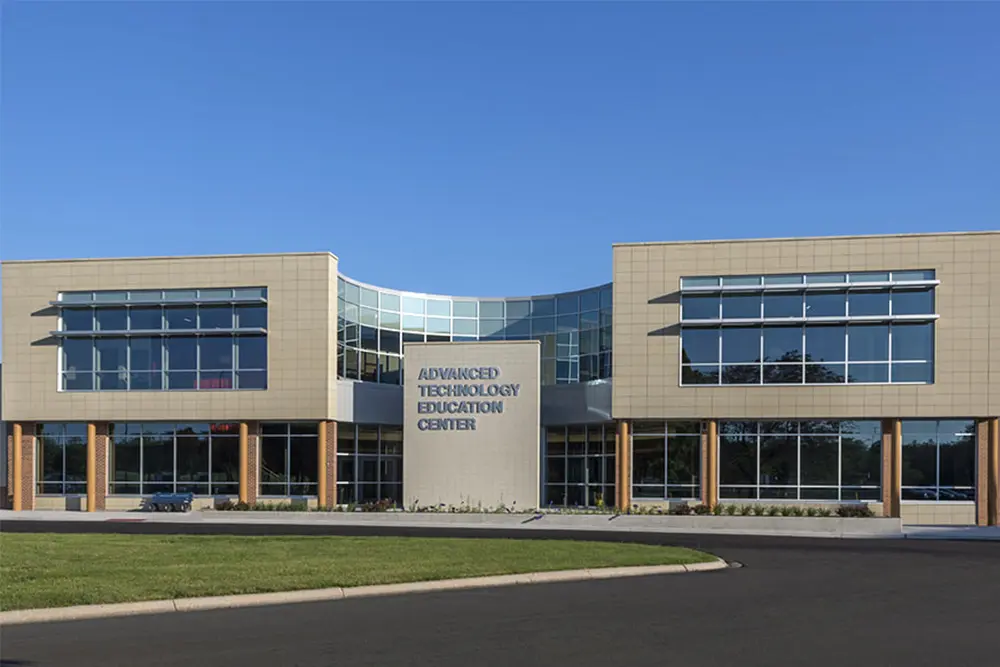
Indoor thermal comfort in Pre-K12 schools is a crucial aspect of the learning environment that can significantly impact student and faculty performance, learning outcomes, and overall well-being in the built environment. Thermal comfort is comprised of temperature, humidity, air velocity, radiant exchange, and other factors; each of which plays an important role impacting an individual’s comfort and performance within a space.
Many prototypical Pre-K12 schools designed and built in the last 50 years within our geographical area and climate zone were never designed to provide cooling or dehumidification within a classroom. Even when certain air-conditioning systems were installed, a majority of these were simplified systems with relatively poor performance such as unit ventilators and window air conditioner units. This was a decision that was made to reduce the cost and complexity of projects at the time of their original construction. Even in cases where an initially holistic approach to maintaining good thermal comfort was designed and constructed, decades of deferred maintenance and other factors have negatively impacted the performance of the installed systems and therefore, the experience of the students and faculty that still occupy the buildings today.
Studies Linking Thermal Comfort to Student Performance:
In 2021, a study by the Government Office of Accountability (GAO) found that over half of America’s school districts require major upgrades to their school buildings, with the most common upgrade needs being the HVAC systems followed by interior lighting. Simply put, 14 million students within the US public school system are impacted by poor-performing HVAC systems1. Unfortunately, the troubling state of infrastructure is trending in the wrong direction as evidenced by the growing capital investment needs and infrastructure deficiencies of our public schools.

Source: Filardo, Mary (2021). 2021 State of Our Schools: America’s PK-12 Public School Facilities 2021. Washington DC: 21 Century School Fund
Since 2016, there has been a marked increase in the number of academic studies performed that link thermal conditions to student and faculty performance. In general, the outcomes of these studies show a significant decline in student performance when indoor thermal conditions fall outside of acceptable ranges.2
Several studies provide evidence for the correlation between maintaining acceptable indoor thermal conditions and student and faculty performance and attendance. A study compiled in 2021 showed that optimal cognitive performance of students occurred at classroom conditions of 73°F and 55% relative humidity. Significant decreases in cognitive performance, short-term memory, and verbal ability occurred as temperature increased up to 79°F and above inside the classroom2.
A separate study performed by Harvard University in 2017 quantified the impact of heat exposure on educational performance and test scores in buildings that lacked air-conditioning. In cases where tests were taken on a 90°F day compared to cases where exams were taken on a 72°F day, significant test score reductions were recorded. This study also found a 12.3% higher likelihood of failing a subject in non-airconditioned classrooms when controlling for other factors3.
Design Framework to Maximize Thermal Comfort
These studies provide evidence of the link between student performance and thermal comfort. However, this correlation is complex and can be impacted by many other factors such as the age of children, climate zone, clothing, direct solar radiation, metabolic rates, and individual/cultural differences. The American Society of Heating, Refrigerating, and Air-Conditioning Engineers (ASHRAE) acknowledges these variabilities and provides a framework that establishes comfort indices as part of ASHRAE Standard 55.
Specifically, Standard 55 takes into account six environmental and personal inputs when defining acceptable thermal comfort: temperature, thermal radiation, humidity, metabolic level (sitting/standing/play), the airspeed of the system, and student clothing levels (uniforms, etc.). These factors and others are used to model the predicted thermal acceptability of occupants within a specific space. These models can help gain insight into how designers can then tweak indoor conditions to cater to the comfort needs of students and faculty in that space.
Potential Design Options and Solutions

Elara’s approach to design incorporates these important factors for optimal thermal comfort in the built environment while also maintaining a high benchmark for energy-efficient and cost-effective design. In many cases, optimizing the decision-making process around maximizing thermal comfort will also maximize the future energy efficiency and performance of a building. As an example, the implementation of radiant slab systems in early childhood education settings can improve the comfort of children who spend more time on the floor. Outside of early childhood education, radiant systems have advantages in creating and maintaining good thermal comfort in classrooms while also operating at high efficiencies. Similarly, systems such as induction displacement are designed to provide levels of thermal comfort and high indoor air quality by supplying low-velocity air directly into the occupied zone of a room. These considerations should be brought to the forefront of a project so that infrastructure can be coordinated with the architectural aspects of the project. The key takeaway is that considerations for providing and maintaining high levels of thermal comfort in a classroom drive the development of the project.
In closing, an approach to design that considers thermal comfort in schools is crucial to optimize student and faculty performance. Ensuring compliance, or at least consideration of the factors that are established in ASHRAE 55 will help realize the full potential of capital investments in our schools that maximize the effectiveness of student learning environments.
We welcome the opportunity to provide more information and discuss how we can help improve thermal comfort in your facilities to positively impact the performance of students and faculty. Please reach out directly to our Pre-K12 Team Leader and author of this article, Jim Gibson or request more information via info@elaraeng.com.
- Filardo, Mary (2021). 2021 State of Our Schools: America’s PK-12 Public School Facilities 2021. Washington DC: 21 Century School Fund.
- Brink, H. W., Loomans, M. G. L. C., Mobach, M. P., & Kort, H. S. M. (2021). Classrooms’ indoor environmental conditions affecting the academic achievement of students and teachers in higher education: A systematic literature review. Indoor air, 31(2), 405–425. https://doi.org/10.1111/ina.12745
- Park, Jisung (2017). Temperature, Test Scores, and Human Capital Production 2017.



